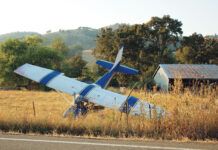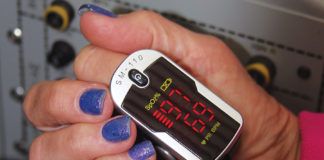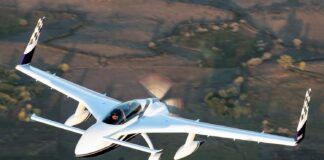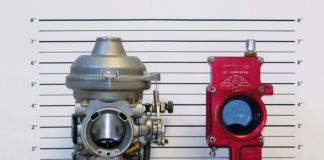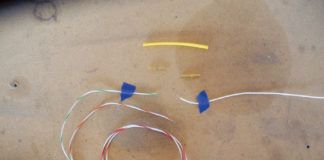 Hmmm… unknown caller from Georgia on the cell phone. With the amount of robocalls for cruise lines that seems to be generated these days, I generally let unknowns go to voice mail, but OK – I’ll bite. Might be a homebuilder that needs some help! “Hello, Mr Dye? This is [name withheld]. I’m an aviation safety inspector with the FAA in Georgia.” Deep breath Paul… let’s see what comes next… “I’m with the ADS-B Focus Team, and I’d like to email you the latest report for your RV-3 – there are some ADS-B exceptions that need to be addressed, and we’d like to help you out.” Whew… so they didn’t find out about that time when… oh, never mind…
Hmmm… unknown caller from Georgia on the cell phone. With the amount of robocalls for cruise lines that seems to be generated these days, I generally let unknowns go to voice mail, but OK – I’ll bite. Might be a homebuilder that needs some help! “Hello, Mr Dye? This is [name withheld]. I’m an aviation safety inspector with the FAA in Georgia.” Deep breath Paul… let’s see what comes next… “I’m with the ADS-B Focus Team, and I’d like to email you the latest report for your RV-3 – there are some ADS-B exceptions that need to be addressed, and we’d like to help you out.” Whew… so they didn’t find out about that time when… oh, never mind…
The call was informal, friendly, and conversational – and I soon had an email from him telling me I couple of things I should address on the airplane’s ADS-B configuration. SIL level was easy to adjust. Some GPS integrity errors are going to be more difficult because I spend a lot of time upside down in the airplane, and the IFR navigator frequently throws up its hands in surrender since the antenna is pointing at the ground much of the time. Not a problem unique to me, and something that all of us who fly acrobatically for fun are going to have to address with the FAA (hopefully peacefully and before the 2020 deadline). As I have read on a number of online forums, these phone calls are becoming a frequent occurrence, and while it can give you a start when you get the “I’m with the FAA…” words at the start of the call, it is also sort of nice that they are trying to help wade through what must be a sea of installations that need to be tweaked. I sort of feel for the folks in that office as the number of aircraft equipping with ADS-B ramp up and the deadline approaches. Right now it is sort of fun and games – when the 2020 deadline gets here, its probably going to be about enforcement.
ADS-B configurations can be daunting and confusing, even for someone who spent his early career decoding spacecraft telemetry systems and writing command cade for said spacecraft. In the end, its all ones and zeroes – but the computers are really picky about getting them all in the right place. I’ve been reading about the ADS-B systems now for a number of years, and have four different aircraft with four different systems (which frequently change as I swap equipment in and out for magazine evaluations), and I am still trying to create the magic decoder in my own head to make it simpler. It’s easy to put off what you don’t need to know today – but that dang deadline is marching over the horizon, and these phone calls are the ticklers saying that it is time to get serious and bang things in to shape.
So its “all hands to the manuals” to tackle those ones and zeroes and then see what happens on the next flight!








